Tanao: Artists throw their stress into their work
Defining tension through temptation, stress factures and pawns.
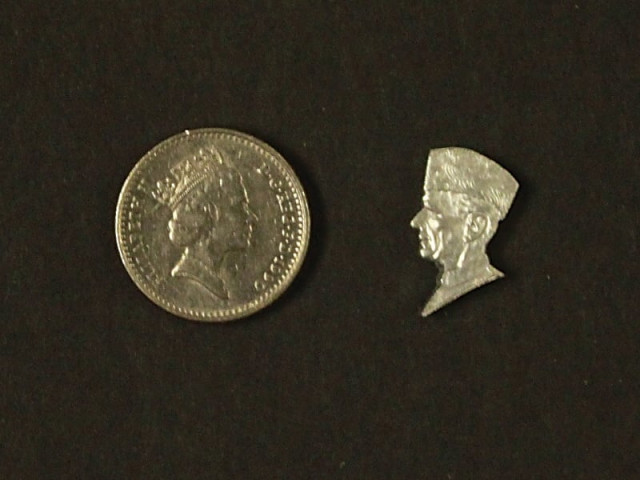
‘Tanao’ is defined as any kind of tension in an object or a person. It also refers to mental stress or a feeling of restlessness. Eight Karachi University graduates presented their individual interpretations of the word in an exhibition that launched at Chawkandi Gallery on May 31.
Sheema Khan’s two-dimensional Mughal-inspired works address the emotional aspects of the topic ‘Tanao’. “In today’s world we have felt that everyone in general is going though a phase of mental unrest and emotional turmoil,” she said.
The eight artists have used a range of media but their work fell into place around the concept. “As our work developed, it seems to have moved in the direction of expressing and exploring this emotion of discontent.”
“Tanao, to us, is an internal feeling of extreme stress that has been smothered over a prolonged period of time which leads to unrest,” says Khan.
‘Allah ki rassi’ (God’s rope) is a series of pawns wrapped in rope, signifying people holding on to hope. Artist Raheela Abro explains her work through verses from the Holy Quran and chess.
“Pawns are the weakest pieces in game of chess, I took them as laymen so I painted a ‘riaya’ of mughal miniature paintings on them.” Her work is based on a Quranic verse, “Allah ki rassi ko mazboti se thamay rakho or apas mae tafarruqa na karo”, that tells people to remain united and avoid conflict.
A set of graphite-on-paper sketched by Nayyareen Farooq depict the strain that comes with work and responsibilities. “I have captured the stress lines on the bark of a tree which are caused by a stem erupting from it. This signifies how a man bears the pressures of society.”
Amber Imam’s trip to Iran was her inspiration for her mixed-media drawings. “My art work takes a critical view of social, political and cultural values of this Islamic republic,” she says. “I use the Honda motorcycle as a symbol of Iranian people, this is the only common object I see in Iran and Pakistan too.”
She tries to show the country’s leadership and unity. The liberal use of blue is a reflection of Iran’s famous tile work and the calming effect of the oceans and the sky.
Sahar Jawaid uses a palette knife to carve her craft. Her untitled oil-on-canvas piece is divided into an ochre- and crimson-toned half and a black-and-white half. In her artist statement, she quotes William Black, “Excessive sorrow laughs. Excessive joy weeps.”
‘The offering’ is Sophia Mairaj’s portrait of a man holding up a pomegranate as if he is giving it to the observer. The pomegranate features regularly in her work. She claims that the fruit interests her because, “just like its countless juicy seeds it has variable connotations linked to it”. She uses the fruit to make the observer ponder “the dual nature of things”. Her first piece is simply a still-life of pomegranates, very “non-threatening”. Coupled with ‘The offering’, however, the feel of the piece changes. “The second painting becomes more intimate and threatening to some extent.” The man’s penetrating gaze is fixed on the viewer who is made uncomfortable by the offering of the fruit of desire.
“The feeling I want to convey to the viewer through my work is, when some thing is looked upon from a third person’s point of view, the feeling of connection and the reality of what is happening is lost unless we are part of it or if it is happening to us,” she explains.
Fariha Nadir left her work open to interpretation while SM Raza’s satirical take on the violence in Pakistan is an attempt to depict the “wildness inside us, which is creating the violence around us.” The show will remain open till Wednesday.
Published in The Express Tribune, June 6th, 2011.

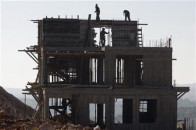

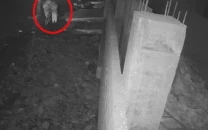

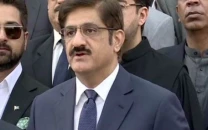
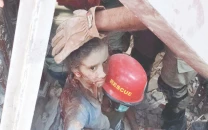












COMMENTS
Comments are moderated and generally will be posted if they are on-topic and not abusive.
For more information, please see our Comments FAQ